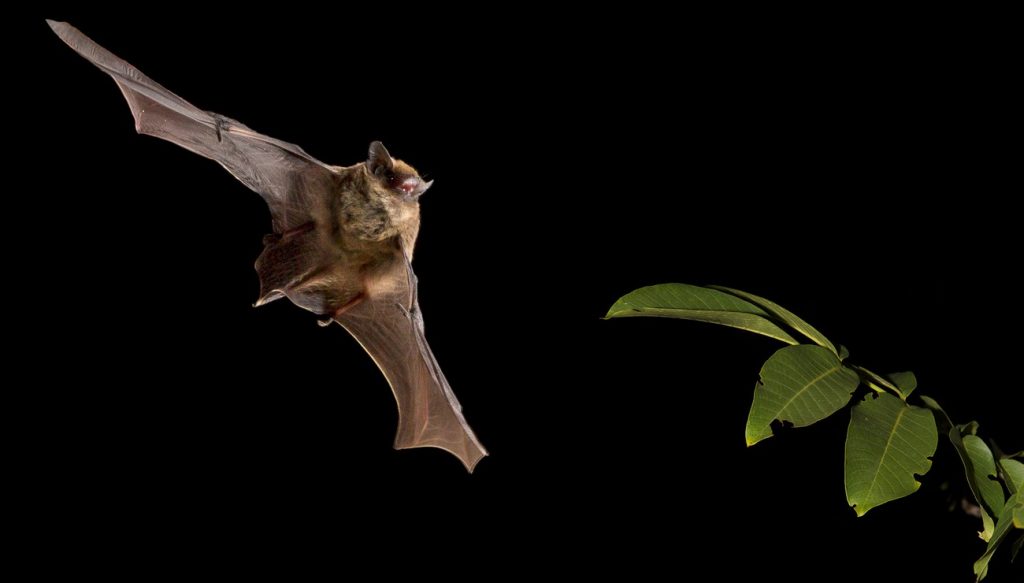
The speed of sound is innate in bats
In some species, such as bats, sounds make it possible to perceive the environment: we are talking about echolocation. The bat makes a sound that travels through the air, reflects off the surfaces it encounters, and returns to the bat. Thanks to the delay between the emission of sound and its reception, a bat is able to estimate its distance from its prey and thus adapt its flight to capture it. However, this mechanism requires knowledge of the value of the speed of sound. Is it an acquired ability – which will leave the possibility of adaptation to environmental conditions – or an innate ability? Eran Amichai and Yossi Yeovil of Tel Aviv University in Israel have just shown that the second hypothesis is correct: the speed of sound used as a reference by bats is innately known.
To reach this conclusion, the researchers placed the young of these species Pipistrellus kuhlii In two different environments: six individuals in an environment containing normal air, and five others in an environment rich in helium, where the speed of sound is 15% higher. In both cases, in order to feed, the bat had to fly to a target located 1.3 meters from its perch.
After nine weeks, when the cubs began to fly on their own, the researchers studied the duration of calls and the time interval between two sets of calls in the environment in which they were raised, and then in the other. These echolocation parameters indicate how a bat estimates distances: the closer it gets to its target, the shorter its call duration and the time interval between two strings.
Eran Amichai and Yossi Yovel noticed no difference between the two groups of bats. In air enriched with helium, all individuals begin their journey with very short echolocation criteria, which means that they underestimate the importance of the distance between themselves and the target. Moreover, in normal air, the echolocation parameters of individuals raised in helium-enriched medium were not longer than those of individuals raised in normal air (which means distance is overestimated), in contrast to what would have been expected for learning to identify The site echoes in an environment where the sound becomes faster. These results indicate that the criterion of sound speed used by bats does not depend on the learning environment. So this knowledge is not acquired, rather it is innate.

Bats in an experiment cage.
© Eran Amichai
Experiments were conducted with Pipistrellus kuhlii Adults confirmed these results: in helium-enriched environments where the speed of sound is greater than in air (10% to 27%), adults always underestimate their distance to the target and do not adjust echolocation even after several hours. The frequency of bats hitting the target does not increase with the time you spend in the environment. Thus the speed of the sound signal used by small mammals does not match the actual speed of sound in the environment. Finally, even when they manage to land on the target, they don’t adjust their estimate afterwards.
Knowing that in the natural environment, the speed of sound varies by about 5% depending on environmental parameters such as air humidity, altitude or temperature, and this is the static nature of the echolocation mechanism, which makes it impossible to adapt in real time to surprise. The researchers say this is probably due to the fact that bats start flying at three weeks and need to be self-sufficient in about ten weeks. The rapid development of echolocation that goes hand in hand with its innate character makes it possible to enhance survival despite slight environmental differences. It is also less expensive than the acquired and adjustable mechanism. However, in the context of rapid changes associated with human activities, this lack of adaptability can pose a risk to bats.

“Organizer. Social media geek. General communicator. Bacon scholar. Proud pop culture trailblazer.”
